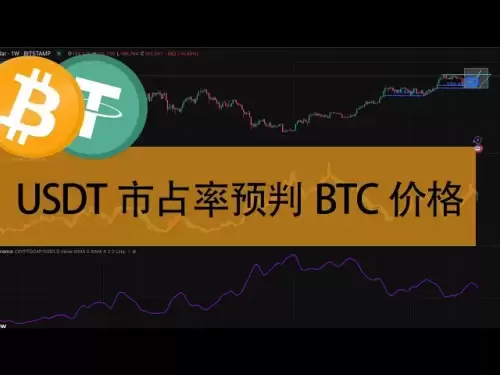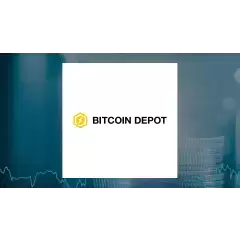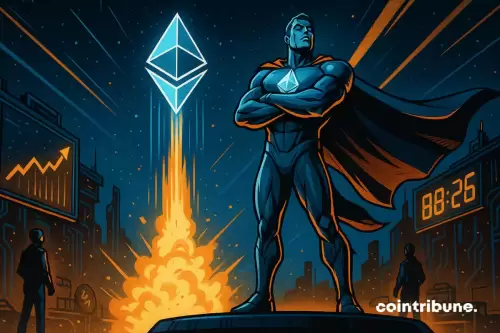 |
|
 |
|
 |
|
 |
|
 |
|
 |
|
 |
|
 |
|
 |
|
 |
|
 |
|
 |
|
 |
|
 |
|
 |
|
Cryptocurrency News Articles
Avalanche Crypto: Current Landscape and Future Outlook 2025
May 18, 2025 at 10:01 am
Avalanche (AVAX) is a high-performance, open-source blockchain platform that has rapidly gained traction within the decentralized finance (DeFi), Web3, and enterprise sectors.

Avalanche (AVAX) has emerged as a prominent blockchain platform, recognized for its high performance, rapid transaction finality, and vibrant ecosystem of decentralized applications (dApps).
Launched in 2020 by Ava Labs, Avalanche is designed to offer scalable and customizable blockchain solutions, catering to both institutional and enterprise use cases. Operating on its unique Avalanche Consensus protocol, the network claims to achieve transaction finality in under two seconds and can process thousands of transactions per second (TPS), making it one of the fastest smart contract platforms.
Avalanche (AVAX) is a high-performance, open-source blockchain platform that has rapidly gained traction within the decentralized finance (DeFi), Web3, and enterprise sectors. Launched in 2020 by Ava Labs, Avalanche is designed to offer low-latency, high-throughput, and customizable blockchain solutions, with a particular emphasis on scalability and interoperability. Operating on its unique Avalanche consensus protocol, the network claims to achieve transaction finality in under two seconds and process thousands of transactions per second, making it one of the fastest smart contract platforms to date.
Avalanche (AVAX) is a blockchain platform that has rapidly gained traction for its high performance, rapid transaction finality, and vibrant ecosystem of decentralized applications (dApps).
Launched in 2020 by Ava Labs, Avalanche is designed to offer scalable and customizable blockchain solutions, catering to both institutional and enterprise use cases. Operating on its unique Avalanche Consensus protocol, the network claims to achieve transaction finality in under two seconds and can process thousands of transactions per second (TPS), making it one of the fastest smart contract platforms.
Avalanche’s core technology is built around its tri-chain architecture—comprising the Exchange Chain (X-Chain), Platform Chain (P-Chain), and Contract Chain (C-Chain)—which separates transaction creation, platform governance, and smart contract execution. This modular approach enables developers to launch highly customizable subnets, tailor-made for specific use cases or regulatory requirements. In 2024 and early 2025, the growth of Avalanche subnets has accelerated, with notable projects such as DeFi Kingdoms and Shrapnel leveraging this architecture for scalability and unique user experiences.
Avalanche’s performance and ecosystem expansion have attracted considerable attention from institutional players and venture capital. The network has secured high-profile collaborations with financial firms, including a partnership with JP Morgan’s Onyx Digital Assets to pilot blockchain-based collateral settlements.
Avalanche Foundation has also committed significant resources to developer incentives, recently pledging $100 million to boost “Avalanche Rush” and ecosystem growth initiatives through 2025.
As we look ahead into 2025 and beyond, Avalanche is positioned to further solidify its presence as a leading platform for DeFi, gaming, and real-world asset tokenization. Analysts expect continued growth driven by subnets, cross-chain interoperability (notably with Ethereum and Bitcoin through bridges), and ongoing institutional adoption.
However, Avalanche faces ongoing challenges, including increasing competition from other scalable Layer 1 blockchains such as Solana and Polygon, as well as the broader volatility and regulatory uncertainties affecting the crypto industry as a whole. Despite these headwinds, Avalanche’s unique technical architecture and active development community offer a strong foundation for sustained relevance and innovation in the years ahead.
Here’s a summary of key topics to follow in 2025 and the outlook for Avalanche:
Avalanche (AVAX) continues to distinguish itself in 2025 as a high-performance, scalable layer-1 blockchain, underpinned by its unique consensus mechanism and modular architecture. The protocol’s core innovation remains the Avalanche Consensus, which enables rapid finality—often under one second—while supporting thousands of transactions per second (TPS), a figure that consistently outpaces competitors such as Ethereum and Solana in real-world network conditions.
This consensus model leverages repeated random subsampling among validators, maximizing throughput and minimizing the risk of network forks or reorgs, even as validator participation grows past 1,500 nodes worldwide in 2025. A defining element of Avalanche’s architecture is its use of multiple built-in blockchains within the primary network: the Exchange Chain (X-Chain), Contract Chain (C-Chain), and Platform Chain (P-Chain).
This tri-chain structure separates the concerns of asset creation, smart contract execution, and network governance, improving both performance and security. The C-Chain, which is fully EVM-compatible, has seen a surge in developer adoption in 2025 due to its seamless integration with existing Ethereum tools and dApps. Notably, daily active addresses on the C-Chain surpassed 200,000 in Q1 2025, reflecting growing traction among DeFi and NFT projects.
Avalanche’s Subnet technology—allowing developers to launch customizable, application-specific blockchains—has accelerated in 2025
Disclaimer:info@kdj.com
The information provided is not trading advice. kdj.com does not assume any responsibility for any investments made based on the information provided in this article. Cryptocurrencies are highly volatile and it is highly recommended that you invest with caution after thorough research!
If you believe that the content used on this website infringes your copyright, please contact us immediately (info@kdj.com) and we will delete it promptly.
-

- Cardano Founder Charles Hoskinson Denies Using Genesis Keys to Seize 318M ADA Tokens
- May 18, 2025 at 05:00 pm
- input: Cardano founder Charles Hoskinson has denied allegations that he used Genesis keys to seize 318 million ADA tokens during the Allegra hard fork. He said the tokens were moved to a custodial account for ICO distribution and not taken by the Cardano team.
-

-

- AlgosOne: The New AI Trading Platform That Could Double Your Bitcoin and XRP Holdings
- May 18, 2025 at 04:55 pm
- AlgosOne offers a simple way not only to hold your Bitcoin and XRP, but also to grow them. With the support of the AiAO token at its core, this innovative platform could double your holdings faster than traditional strategies.
-

-

-

-

-

-





























































